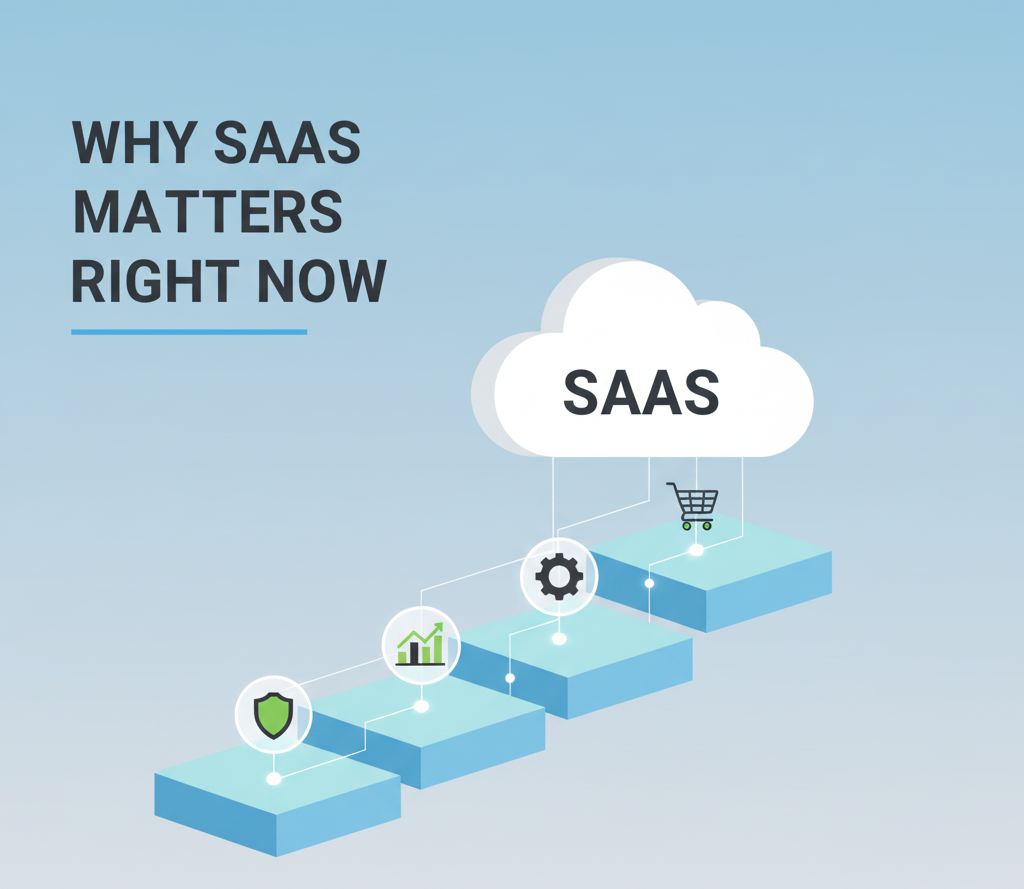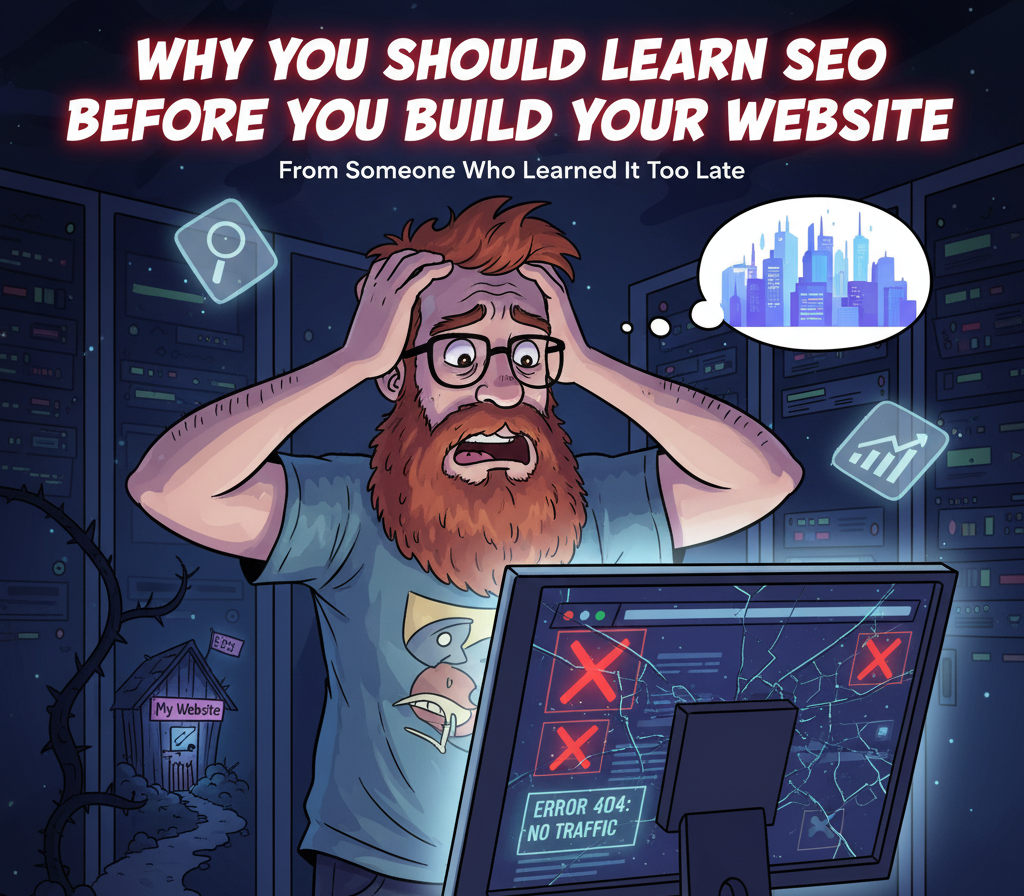The Future of Web Development: Trends to Watch in 2025
Web development never stands still. What worked a year ago already feels outdated today — and as we move into 2025, the pace of innovation is only speeding up.
Between AI, automation, and a new wave of design frameworks, the future of the web is smarter, faster, and more personal than ever.
Here’s a look at the most important web development trends to watch in 2025, and how you can prepare for them.
1. AI Will Be a Core Development Partner
2024 was the year AI-assisted coding went mainstream. In 2025, it’s evolving into something deeper: AI as a creative collaborator.
Tools like GitHub Copilot, Cursor, and Vercel’s v0 are changing how developers work — from generating layouts to writing functional code in seconds.
AI will accelerate development cycles, reduce errors, and allow teams to focus more on creativity than syntax.
Action Step: Learn prompt engineering and experiment with AI-integrated IDEs early — they’ll soon become industry standards.
2. No-Code and Low-Code Platforms Are Growing Up
The “no-code” revolution isn’t new, but in 2025 it’s maturing fast.
Tools like Webflow, Framer, and Bubble are no longer just for startups — enterprises are embracing them to prototype and deploy products faster.
Developers who learn to bridge no-code with custom code will be in high demand.
Action Step: Embrace hybrid workflows — use no-code tools for speed, and traditional coding for scalability.
3. The Rise of AI-Optimized UX & Personalization
Static websites are dead. Visitors now expect experiences that feel alive — personalized layouts, content, and even navigation based on their behavior.
In 2025, AI-driven UX will dynamically adjust visuals, CTAs, and recommendations in real-time.
Action Step: Use personalization APIs and user behavior analytics to tailor the experience.
4. Performance & Accessibility Take Center Stage
As Google doubles down on Core Web Vitals, speed and accessibility aren’t optional anymore — they define success.
Lightweight frameworks like Astro, Qwik, and Svelte are overtaking heavy React setups for blazing-fast performance.
Action Step: Prioritize accessibility and reduce client-side bloat — modern users expect instant loading and inclusivity.
5. The Web Becomes More 3D and Interactive
With WebGL, Three.js, and the rise of AR/VR experiences, 2025’s websites are evolving from pages to interactive environments.
Immersive design isn’t just for gaming — it’s finding a place in ecommerce, education, and storytelling.
Action Step: Learn lightweight 3D frameworks and experiment with micro-interactions.
6. Web3 & Decentralized Apps (dApps) Go Practical
The hype has cooled, but blockchain-based applications are quietly maturing.
In 2025, Web3 projects will focus on utility — identity management, secure transactions, and decentralized data ownership.
Action Step: Get familiar with smart contract basics and blockchain APIs — it’s an edge worth having.
7. Sustainability in Code
Green development is no longer a buzzword. Users and companies are becoming conscious of the carbon footprint of the web.
Optimizing for speed, reducing server requests, and using sustainable hosting are new best practices.
The Bottom Line
The web in 2025 will be faster, smarter, more ethical, and deeply human.
Developers who blend creativity with adaptability will lead the next era of digital experiences.



